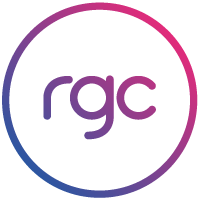If you’re in the tourism industry and looking to enhance or begin your social media and online presence, then there’s some key considerations to think through and some planning required. Have a look at what other successful businesses are doing and learn from their efforts.  Think about what types of online media your audience is likely to use. Is it Snapchat, Facebook or Twitter? Or something else? And don’t forget about TripAdvisor. Many consumers rely on online reviews for their decision making. Peer influence is very important in the process. Over 50% of Facebook users say their friends’ photos have inspired their choice of holiday and shaped their travel plans. Here are five key considerations to shape your tourism social media efforts: 1. Be informative Your goal should be to become an authority on your region and its attractions. Avoid the temptation to simply plug your own business at every opportunity. You will win a loyal following if you’re able to provide a regular flow of useable information that provides advice and tips for visitors. Provide accurate updates on local happenings and interesting events, new tourism product, travel conditions and yes, even the weather. Suggest a list of key things to visit, great photo spots, provide maps and amazing photos.
Think about what types of online media your audience is likely to use. Is it Snapchat, Facebook or Twitter? Or something else? And don’t forget about TripAdvisor. Many consumers rely on online reviews for their decision making. Peer influence is very important in the process. Over 50% of Facebook users say their friends’ photos have inspired their choice of holiday and shaped their travel plans. Here are five key considerations to shape your tourism social media efforts: 1. Be informative Your goal should be to become an authority on your region and its attractions. Avoid the temptation to simply plug your own business at every opportunity. You will win a loyal following if you’re able to provide a regular flow of useable information that provides advice and tips for visitors. Provide accurate updates on local happenings and interesting events, new tourism product, travel conditions and yes, even the weather. Suggest a list of key things to visit, great photo spots, provide maps and amazing photos.
If you employ an imaginative and informative content strategy it will help in SEO and have your business rank more highly on search results. If you give potential visitors value in terms of superior content, they are more likely to have a connection with your brand. 2. Be authentic Be real and believable. The effect of ‘gilding the lily’ can be a loss of confidence in your business by visitors and result in negative online reviews and an erosion of trust with your audience. Show what the experience is that visitors can truly expect – accommodation, activities, scenery, food and most importantly the character and characters around you. A rising tide floats all boats, so the more you can accurately enhance the profile of your region the better for you. There’s not a finite amount of success available. 3. Involve your audience Social media is very much a two-way street. Interact with and have a conversation with your online community. Ask questions, ask for feedback and invite them to contribute content. You’ll be amazed at how many gorgeous photos, stories and experiences can be shared from your own visitors.
They’ll give you honest feedback and recommendations. Thank them for their reviews and don’t ignore their communication – good, bad or otherwise. Consider what competitions, promotions or incentives you can run on your platforms, big or small. Encourage guests to tag your accounts on their posts on their own pages. 4. Employ a content marketing strategy A lot of great content doesn’t happen by accident. Much of it is planned and thought out. A simple but effective tool is to utilise a content marketing strategy and it can be as simple as using a calendar. This can be a spreadsheet, online doc, or paper diary.
- What advice pieces can we create?
- Consider the time of year e.g. Christmas, Easter or school holidays
- List local events we can post about
- Look at seasonal opportunities
- Are we running any promotions for specific booking periods?
- Look at a theme for a certain period – e.g. to coincide with Mothers’ Day, or a local food festival.
Once you start its pretty easy to brainstorm a whole list of topics and specific pieces that can form your content platform. You will also need to consider what medium it’s best for – your website, blog, newsletter, Facebook, Instagram, local or national media, or all of these. Don’t forget to include video. It’s one of the most powerful forms of delivery and all platforms are embracing it. Your videos don’t need to be long or elaborately produced productions. Once you’ve got a calendar settled it will help drive your activity and keep you focused and motivated. It needs to be flexible but with a bit of effort should help fuel your content creation. Here’s an example of what a calendar may look like: 

